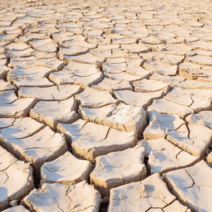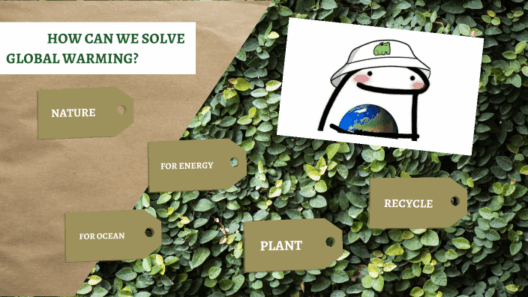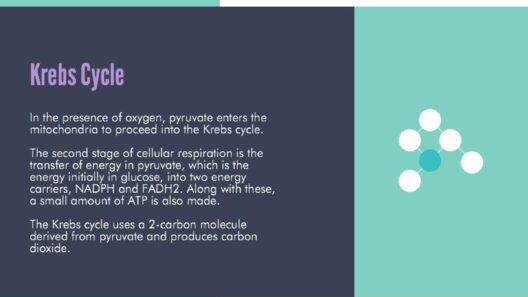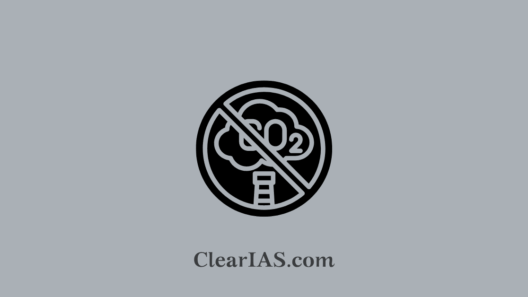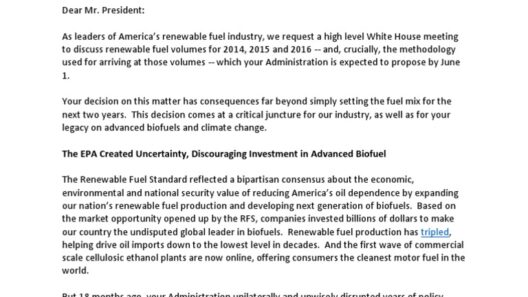Throughout the annals of climate science, carbon dioxide (CO2) and methane (CH4) have frequently been heralded as the dual titans of greenhouse gases. While they are fundamentally different in their sources and impacts, together they present a formidable challenge in the fight against climate change. Could it be that this duo poses a more immediate threat than we realize? The interplay of CO2 and methane is complex, yet understanding it is crucial for addressing the climate crisis effectively.
Carbon dioxide is perhaps the most well-known greenhouse gas, often associated with fossil fuel combustion, deforestation, and various industrial processes. It is emitted predominantly through human activities, including electricity production, transportation, and land use changes. Over its extended atmospheric lifetime—sometimes exceeding a century—CO2 accumulates, leading to gradual yet persistent warming of the planet.
In contrast, methane, while less prevalent in terms of atmospheric concentration, is alarmingly more potent in trapping heat. Over a 20-year period, methane is estimated to be about 84 times more effective than CO2 at warming the atmosphere. It is emitted during the production and transport of coal, oil, and natural gas, as well as from livestock and other agricultural practices. The short-term impact of methane on global warming is significantly greater, making it an urgent target for mitigation efforts.
How do these two gases interact within the broader climate system? The relationship is not merely additive; rather, it is intricate and often amplifying. Elevated temperatures caused by CO2 can increase methane emissions from various sources, such as thawing permafrost and wetlands. Conversely, methane’s potency can exacerbate the effects of CO2, resulting in a feedback loop that accelerates climate change more than previously understood.
A deeper examination reveals that the sources of these gases are varied and complex. CO2 dioxide predominantly originates from anthropogenic activities, while methane has both natural and anthropogenic sources. Natural sources include wetlands and wildfires, while human-induced emissions primarily arise from agriculture, landfills, and fossil fuel extraction. This duality signifies that mitigation strategies must be multifaceted and holistic, tackling varying emissions from diverse sectors.
The confrontation between CO2 and methane also raises intriguing questions about policy and regulation. Should efforts to mitigate climate change prioritize the reduction of methane emissions, given its immediate impact, or should the focus remain on long-lived CO2 to stabilize atmospheric concentrations? This conundrum presents policymakers with a significant challenge: balancing short-term and long-term climate goals while addressing the nuanced impacts of both gases.
Furthermore, the economic implications of addressing CO2 and methane emissions are profound. Transitioning away from fossil fuels incurs substantial costs but is essential for reducing CO2 emissions. In contrast, reducing methane emissions can often be more achievable in the short term, presenting a unique opportunity for immediate action. This could involve improvements in agricultural practices, waste management, and fossil fuel extraction techniques. The integration of methane reduction strategies into a comprehensive climate policy framework may also foster economic growth and innovation in clean technologies.
Public perception plays a critical role in the plight against climate change. The general discourse surrounding climate crises often highlights CO2 emissions, overshadowing the significance of methane. Advocacy and educational efforts must therefore illuminate the threats posed by methane while emphasizing the interconnectedness of these gases. How can broader communities engage with these scientific realities and challenge ingrained narratives? This is a question that remains to be explored.
Interestingly, recent research indicates that quickly reducing methane emissions could significantly slow down global warming in the short term, potentially yielding visible climatic benefits within a few years. This contributes to the urgency of addressing methane in climate strategies. Could we harness public concern and momentum to enact swift changes in policy and practices? The path forward invites creative and innovative solutions.
In addressing the dual threat of CO2 and methane, technological advances hold promise. Innovations in carbon capture and storage (CCS) and methane mitigation technologies could revolutionize how industries approach emissions. For example, livestock management techniques that reduce methane output from enteric fermentation or digesters that capture biogas from landfills represent tangible steps in the right direction. As the climate crisis accelerates, the integration of such technologies will be key in mitigating the dangerous duo’s effects.
However, these advancements will require a concerted global effort. The absence of cohesive international cooperation limits the efficacy of localized solutions. The Paris Agreement set the groundwork for collaborative frameworks, yet it is essential that nations commit to more ambitious goals regarding methane emissions. The interconnectedness of global climate systems necessitates that all countries understand their responsibility in addressing both CO2 and methane emissions.
In conclusion, as the climate crisis looms ever larger, understanding the duality of CO2 and methane is crucial. The challenge remains formidable, but the pathway is illuminated. By embracing a multi-faceted approach that prioritizes both immediate and long-term reductions, we can address the effects of these greenhouse gases more effectively. The interplay between CO2 and methane must not be dismissed; rather, it should galvanize scientific inquiry, policy innovation, and grassroots movements to build a sustainable future. Together, by inviting action and awareness, societies can confront the existential threat posed by these two potent gases, securing a healthier planet for future generations.
